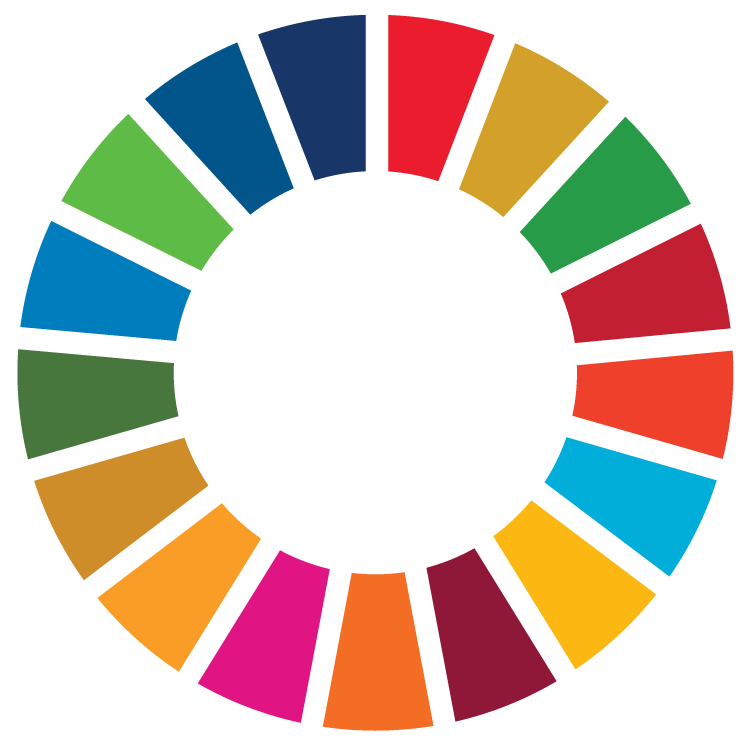
Text original
Aquesta assignatura s'imparteix en català. El text original d'aquest pla docent és en català.
Texto traducido
Esta asignatura se imparte en catalán. El plan docente en español es una traducción del catalán.
La traducción al español está actualizada y es equivalente al original.
Si lo prefieres, ¡consulta la traducción!
Text created with automatic translation
The language of instruction of this subject is Catalan. The course guide in English is an automatic translation of the version in Catalan.
Automatic translation may contain errors and gaps. Refer to it as non-binding orientation only!
Course
Physical Education and Sports Sciences
Subject
Choreographed Activities with Music
Type
Optional (OP)
Credits
6.0
Semester
1st
| Group | Language of instruction | Teachers |
|---|---|---|
| G11, classroom instruction, mornings | Catalan | Laia Anguita i Mora |
Sustainable Development Goals (SDG)

- 4. Quality education
- 5. Gender equality
Objectives
Choreographic activities with musical support offer the possibility of physical practice in the educational context with the aim of the student discovering different forms of movement and expression. Choreographic activities allow us to work as a team in which the body and movement are key elements for the knowledge and control of space with coordination of different musical styles.
The learning objectives are:
- Get started in a fun way in the field of physical activity with a musical base.
- Incorporate the necessary resources to be able to move with ease in any educational sector that involves physical activity with a musical basis.
- Design a musical choreography based on teamwork.
- Develop, practice and evaluate choreographic activities based on programming units.
- Participate in a sporting event with a choreography of your own making.
Learning outcomes
- S1.1.1. Plan physical activity programs focused on body expression and choreographic activities appropriate to the needs of the field and the users involved.
- S2.1.1. Develop physical activity programs focused on body expression and choreographic activities appropriate to the needs of the field and the users involved.
- C2.1.1. Know how to apply knowledge to work and in one's vocation in a professional manner and possess the skills that are usually demonstrated through the development and defense of arguments and the resolution of problems in one's own area of study.
- C6.1. Integrate an inclusive perspective to guarantee attention to diversity (sexual, gender, origin, etc.), equity and accessibility in one's own productions and performance proposals in the field of body expression activities and choreographic activities.
Content
The contents covered in this subject are:
- Concept and generalities of physical activities with musical support in the educational field
- Musical choreographies as expressive and educational resources
- Body expression and choreography as tools for self-knowledge
- Implementation of choreographic activities in physical education programming units
- Planning, development and evaluation of choreographic activities based on physical education learning situations
- Design of a choreography based on teamwork
- Staging of a musical choreography
Evaluation
The evaluation of the subject consists of:
- Creation and performance of a group choreography: 25%, non-returnable activity
- Planning and creation of a programming unit: 35%, recoverable activity
- Planning and creation of a programming unit + planning of 3 sessions of this unit + evaluation instrument: 25%
- Co-evaluation of the sessions carried out at the educational center: 10%
- Class activities: 20%, make-up activity
- Collection of activities: 20%, recoverable activity
Attendance for the subject is required at 90% of the practical classes (pass/fail).
Recoverable activities can be recovered during the closing and recovery weeks marked on the calendar.
The maximum grade that can be achieved in a recovery activity is 5 (out of 10).
Methodology
Class sessions
- Practical sessions taught by the teacher
- Transmission of practical content
- Carrying out practical evaluation situations
Guided work sessions
- Monitoring of choreographic performances in small groups
- Carrying out theoretical and practical activities
- Implementation of a choreography in small groups and coordinated with the entire class group
Tutoring sessions
- Tutorials are offered whenever necessary, both in individual and group work to discuss and share practical and theoretical day-to-day work.
The student is the center of the learning process, he is the protagonist. Learning is based on one's own practice and experiential experience. That is why a large part of the subject is practical.
In addition, 3 practical sessions are given in educational centers in the area to bring the teaching experience closer to students in a real context.
Bibliography
Key references
- Carrierdo, A., Méndez-Giménez, J.F., Cecchini, J.A. (2020). Nuevas posibilidades y recursos para la enseñanza de la expresión corporal en educación física: Internet y los retos virales (37 ed.). FEADEF.
- Quelal, C., Martínez, J., Martínez, I. (2020). La expresión corporal y la música en educación física. Revista Digital de Educación Física.
Further reading
Teachers will provide complementary bibliography and compulsory reading throughout the course via the Virtual Campus.